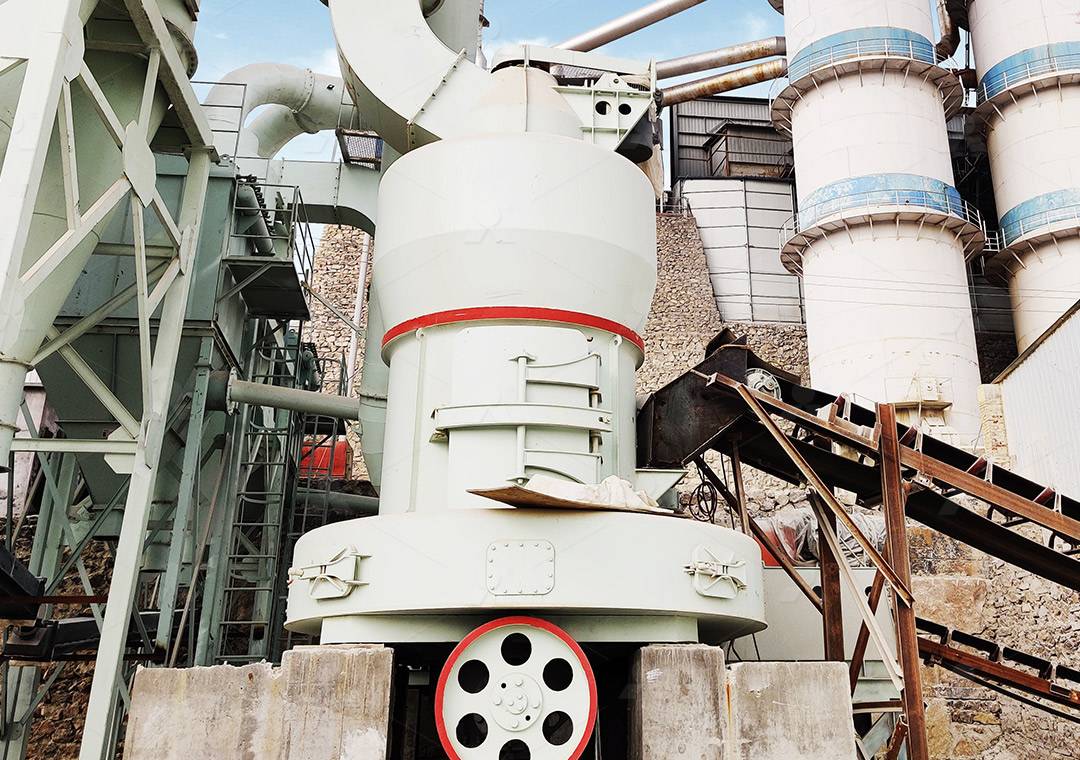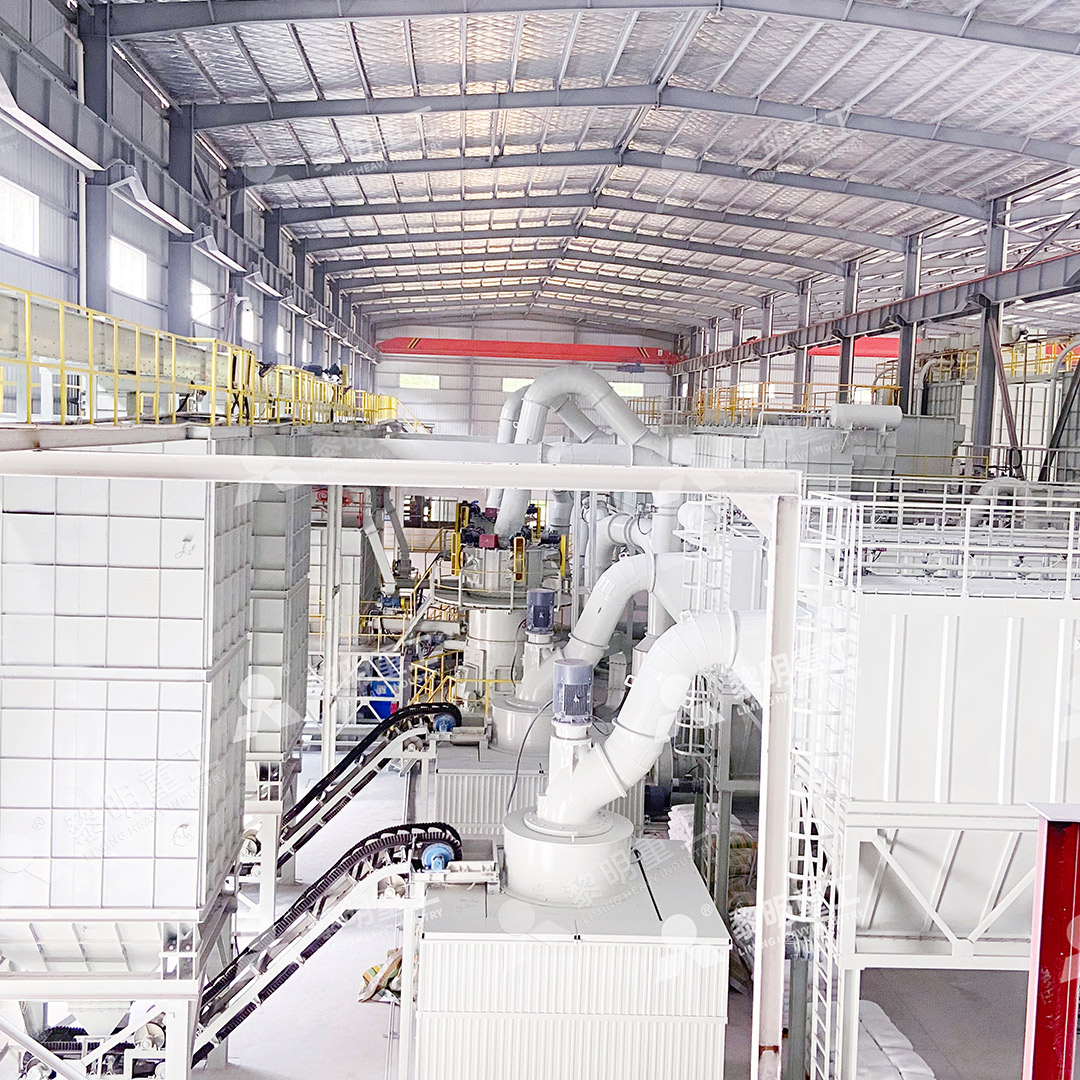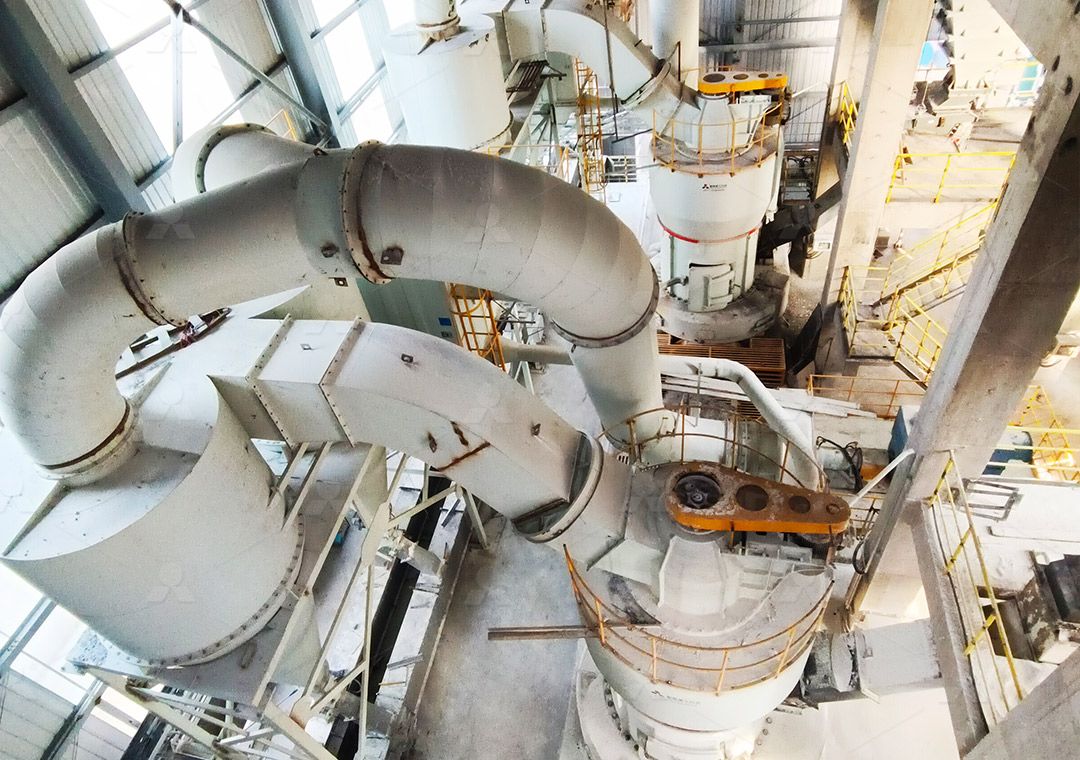Optimizing Phosphate Rock Powder Production for Enhanced Resource Utilization
Optimizing Phosphate Rock Powder Production for Enhanced Resource Utilization
In the agricultural and industrial sectors, phosphate rock is a critical raw material, primarily used in the production of fertilizers. The efficiency of its utilization is heavily dependent on the fineness and quality of the powder produced. Traditional grinding methods often fall short, leading to suboptimal resource use, higher energy consumption, and significant environmental footprint. Optimizing the milling process is therefore paramount for operations seeking to enhance productivity, reduce costs, and meet stringent environmental regulations.
The Critical Role of Particle Size in Phosphate Applications
The effectiveness of phosphate rock as a fertilizer component is directly linked to its solubility, which is greatly influenced by particle size. Finer powders have a larger surface area, leading to faster dissolution rates and improved nutrient availability for crops. Achieving a consistent and ultra-fine powder (often targeting 325 to 2500 meshes) is no small feat. It requires precision machinery capable of efficient comminution without introducing excessive contaminants or incurring prohibitive energy costs. Inefficient grinding not only wastes energy but also degrades the resource value, making advanced milling technology a key investment.

Introducing a Superior Solution: The MW Ultrafine Grinding Mill
For operations focused on maximizing phosphate rock value, the MW Ultrafine Grinding Mill presents a compelling solution. Engineered for customers who need to make ultra-fine powder, this machine is a game-changer. With an input size of 0-20 mm and a capacity range of 0.5-25 tph, it is perfectly suited for high-precision phosphate rock processing.
Its design incorporates several innovative features that directly address the challenges of phosphate milling:
- Higher Yielding, Lower Energy Consumption: Its newly designed grinding curves enhance efficiency, offering production capacity 40% higher than jet mills while slashing system energy consumption to just 30% of theirs.
- Adjustable Fineness (325-2500 meshes): A German-technology, cage-type powder selector ensures precise separation, allowing operators to dial in the exact fineness required for their specific phosphate product, achieving a superb d97≤5μm.
- Unmatched Reliability: The absence of rolling bearings and screws in the grinding chamber eliminates common failure points. An external lubricating device allows for 24/7 operation without shutdowns for maintenance.
- Eco-Friendly Operation: An integrated efficient pulse dust collector and muffler system ensure the entire production process is virtually dust and noise-free, aligning with strict national environmental standards.

Beyond Phosphate: The Versatile LUM Ultrafine Vertical Grinding Mill
For operations dealing with a broader range of materials or requiring a different grinding approach, our LUM Ultrafine Vertical Grinding Mill is another excellent option. With an input size of 0-10 mm and a capacity of 5-18 tph, it integrates the latest grinding roller and powder separating technologies. Its unique roller shell and lining plate grinding curve are easier to generate a material layer, ensuring a high rate of finished products in a single pass. This results in not only higher efficiency but also improved whiteness and cleanliness of the final phosphate powder—a critical quality metric. Its reversible structure also significantly simplifies maintenance, reducing downtime and associated losses.
Conclusion: Investing in Efficiency and Sustainability
Optimizing phosphate rock powder production is a multifaceted challenge encompassing particle size control, energy efficiency, operational reliability, and environmental compliance. By leveraging advanced milling technologies like the MW and LUM series grinding mills, producers can significantly enhance resource utilization. These mills transform a basic crushing operation into a precise, high-yield, and sustainable value-adding process, ensuring that every ton of phosphate rock is used to its fullest potential.

